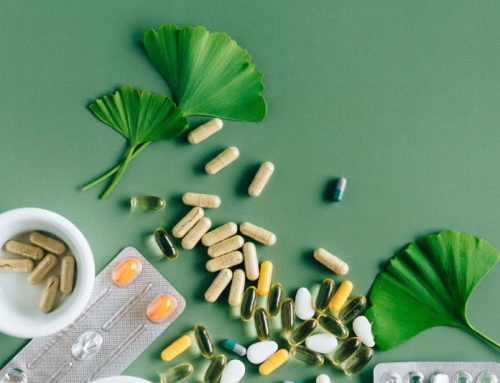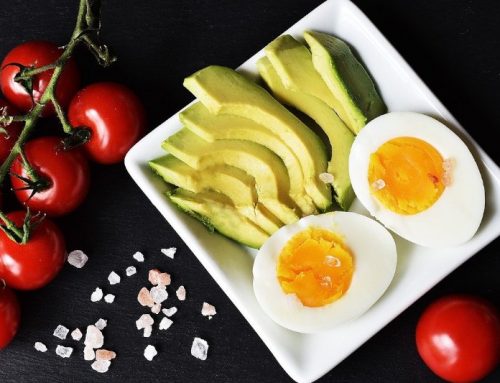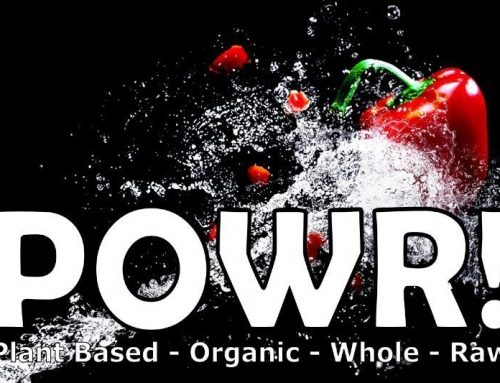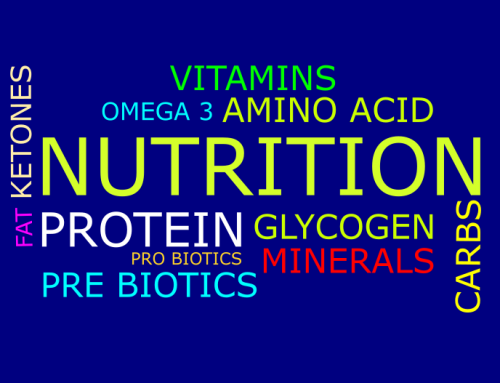If you want to lose weight then sugar is a bad thing but if you need to power your body it’s an essential part of any sports drinks or energy snack.
There are six sweeteners commonly used by healthy eaters and athletes of which five are vegan
- Agave Nectar (Vegan)
- Maple Syrup (Vegan)
- Dates(Vegan)
- Honey
- Stevia (Vegan)
- Maltodextrine (Vegan)
Honey doesn’t correlate with The Vegan Society's definition of veganism, which seeks to exclude animal exploitation.
Stevia can satisfy your vegan sweet tooth but doesn’t provide any energy so it’s not relevant here.
There are four types of Sugar for vegan athletes to consider.
Two of them (glucose and fructose) are monosaccharides and can be used directly by your body and two (sucrose and maltodextrin) are disaccharides that need to be broken down first.
The process of breaking down sucrose produces glucose and fructose while the process of breaking down maltodextrin produces two glucose molecules.
Consuming glucose and fructose together makes the total rate of absorption faster. This is a good thing for cyclists as it get the energy to your muscles faster, but bad for health if you’re not exercising as it is more likely to cause a sugar spike and get stored as fat.
Once the sugars are in their simplest form (glucose and fructose), they’re metabolized differently.
Glucose Absorption and Use
Glucose is absorbed directly across the lining of the small intestine into your bloodstream, which delivers it to your cells.
It raises blood sugar more quickly than other sugars, which stimulates the release of insulin which is needed for glucose to enter your cells
Inside your cells, glucose is used immediately to create energy if needed. Otherwise it’s turned into glycogen to be stored in your muscles or liver for later use.
Your body tightly controls your blood sugar levels. When they get too low, glycogen is broken down into glucose and released into your blood.
If glucose is unavailable, your liver can make this type of sugar from other fuel sources.
Fructose Absorption and Use
Like glucose, fructose is absorbed directly into your bloodstream across the lining of the small intestine.
It raises blood sugar levels more gradually than glucose and does not appear to immediately impact insulin levels. Your liver has to convert fructose into glucose before your body can use it for energy.
If you eat more fructose than your liver can handle, the excess is turned into cholesterol and triglycerides which may have negative health effects such as obesity, fatty liver disease and high cholesterol.
Many health professionals believe that fructose doesn’t impact blood sugar as it’s transported directly to the liver and converted into glucose for energy.
Scientific evidence shows that too much fructose (more than 25-40 grams per day) in your diet can cause metabolic syndrome and insulin resistance, which is the trigger for developing diabetes.
Common symptoms of insulin resistance are fatigue, depression, water retention, weight gain and irregular bowel movements.
Sucrose Absorption and Use
Since sucrose is a disaccharide, it needs to be broken down before your body can use it.
Enzymes in your mouth and acid in your stomach partially break down sucrose into glucose and fructose with your small intestine completing the conversion.
Sucrase, an enzyme made by the lining of your small intestine, splits sucrose into glucose and fructose which are then absorbed into your bloodstream as described above.
As I mentioned earlier the presence of glucose increases the amount of fructose that’s absorbed and also stimulates the release of insulin. This means that more fructose is used to create fat, compared with eating either sugar on it’s own.
Maltodextrin Absorption and Use
Since maltodextrin is a disaccharide, it needs to be broken down before your body can use it.
Salivary amylase in your mouth breaks down maltodextrin into maltose, a disaccharide consisting of two-linked D-glucose units.
Pancreatic amylase, secreted in the small intestine, splits maltodextrine into two glucose molecules which are then absorbed into your bloodstream as described above.
And there are four commonly used Products that contain these Sugars and are suitable for a plant based diet
Agave Nectar/Syrup
What’s it made of?
Agave nectar/syrup is mainly fructose, with the remainder primarily glucose and inulin (a starchy substance found in a wide variety of fruits, vegetables, and herbs.) The high amount of fructose, together with inulin results in a low GI (glycemic indexWhat’s its health implication?
What are its health implications?
A recent study on mice suggested that agave nectar/syrup promotes better metabolic responses than sucrose, and a 2014 animal study demonstrated that supplementation with agave fructans prevented bone loss and improved bone formation.
Nutrient Values of Agave Nectar: (100 g)
GI Value: 32 – Very Low – Very Slow Release
Calories: 300
Carbohydrates: 79 grams (79%)
Nutrients: None of significance
Maple Syrup (pure not breakfast or pancake types)
What’s it made of?
Maple syrup is a boiled sap that contains a mix of sucrose and the invert sugars glucose and fructose (the actual amount of each type of sugar varies with the source and the method of production), that result from the heating process.
U.S. Grade A Light Amber is 100% Sucrose
U.S. Grade A Dark Amber is 93.9% sucrose 6.1% Fructose
What are its health implications?
Up to 53 different types of phytochemicals that are naturally present in maple tree sap have been identified, and a 2011 study suggests that certain extracts from maple syrup may have potential in type 2 diabetes management.
Nutrient Values of Maple Syrup (100g)
GI Value: 54 – Low – Slow Release
Calories: 260
Carbohydrates: 65 grams (65%)
Nutrients: manganese, zinc omega-6 calcium, iron, and potassium.
Maltodextrin
What’s it made of?
Maltodextrin is a highly processed white powder that is relatively tasteless and dissolves in water. It is an additive in a wide range of foods and sports drinks, as it can improve their texture, flavor, and shelf life.
It is possible to make maltodextrin from any starchy food, including. Although the powder comes from these natural products, it then undergoes processing.
To make maltodextrin, manufacturers put starchy foods like corn, potato, wheat, tapioca, or rice through a process called hydrolysis. This uses water, enzymes, and acids to break the starch into smaller pieces, resulting in a white powder consisting of sugar molecules.
What are its health implications?
Maltodextrin can contain traces of gluten when wheat is the source of the starch. Maltodextrin is gluten-free if the ingredients list doesn’t include the word wheat.
Maltodextrin has an even higher glycemic index (GI) than table sugar. This means that maltodextrin can cause a sharp increase, or spike, in people's blood sugar
Maltodextrin is often made from GM Corn.
Maltodextrin can change the composition of your gut bacteria by suppressing the growth of beneficial probiotics
Nutrient Values of Maltodextrin (100g)
GI Value: 85-136 - High – Fast Release
Calories: 380 calories
Carbohydrates: 100 grams (100%)
Nutrients: None of significance
Dates
What’s it made of?
Dates are tropical stone-fruits that come from the date palm tree. Ripening happens in four stages: unripe, crunchy, soft, and sun-dried.
Dates are sold fresh or dried, dried dates are far more commonly available. The nutrient values of both are similar with dried dates being slightly higher.
What are its health implications?
Dates are believed to decrease cholesterol, treating constipation, and boosting the energy levels and bone health.
They are extremely rich in antioxidants, tannins being the most important of them. These tannins prevent cell damage and oxidation and help reduce inflammation.
Nutrient Values of Dates: (100g)
GI Value: 46 to 55 – Low – Slow Release
Calories: 282
Carbohydrates: 75 grams (75%)
Nutrients: Fiber, potassium, copper, manganese, magnesium, Niacin, B6, Pantothenic acid, phosphorous and calcium.
As ever there is no perfect solution but lots of options. The key thing to remember is that High GI gives you a short sharp energy boost whereas low GI gives a longer sustained energy boost which is perfect for endurance.
Remember also that these sweeteners are only a small part of the food, drink or energy bar you consume so the other ingredients will modify the end products GI.






Leave A Comment
You must be logged in to post a comment.